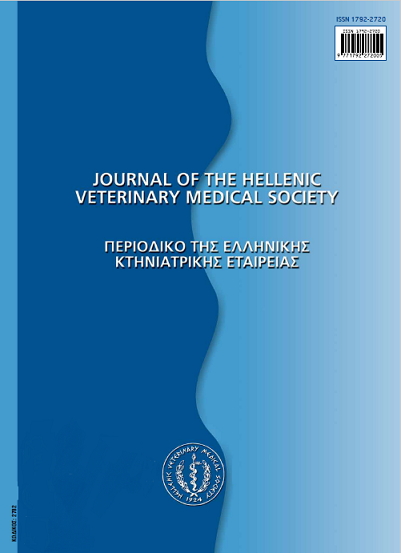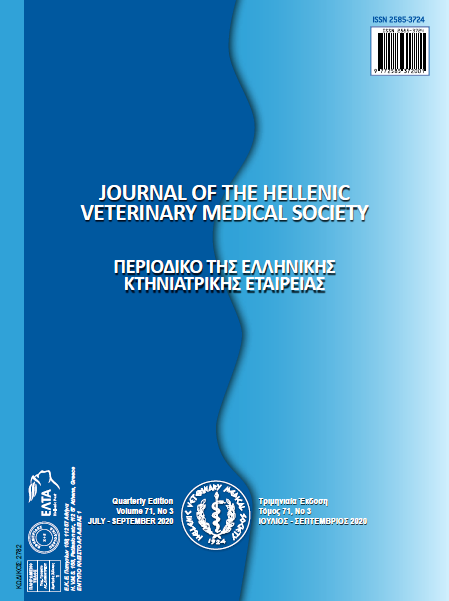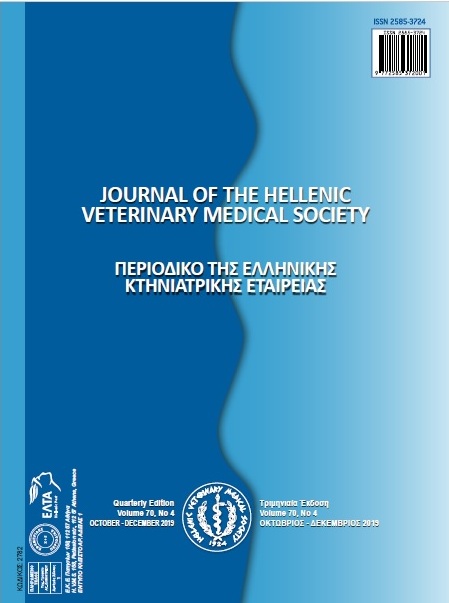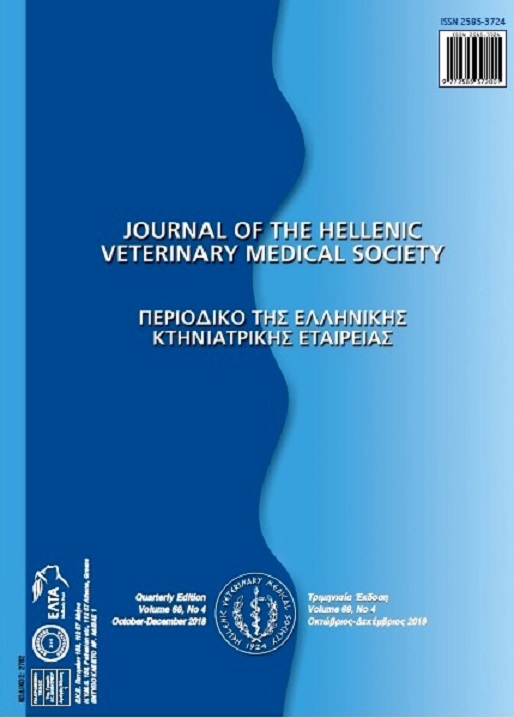Current status and advances in ram semen cryopreservation
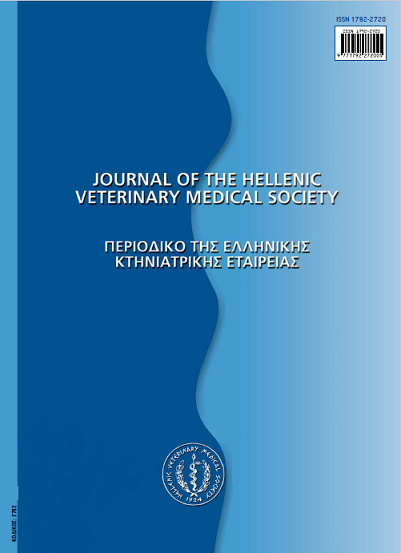
Abstract
Ram semen cryopreservation contributes to genetic improvement through artificial insemination, eliminates geographical barriers in artificial insemination application and supports the preservation of endangered breeds thus the conservation of biodiversity. Sperm freezing process induces ultrastructural, biochemical and functional changes of spermatozoa. Especially, spermatozoa’s membranes and chromatin can be damaged, sperm membranes’ permeability is increased, hyper oxidation and formation of reactive oxygen species takes place, affecting fertilizing ability and subsequent early embryonic development. Aiming to improve ram frozen-thawed semen’s fertilizing capacity, many scientific investigations took place. Among them the composition of semen extenders, was a main point of interest. Semen preservation extenders regulate and support an environment of adequate pH and buffering capacity to protect spermatozoa from osmotic and cryogenic stress. Therefore, permeating (glycerol, dimethyl sulfoxide) and non-permeat ing (egg yolk, skimmed milk) cryoprotectants, sugars (glucose, lactose, trehalose, raffinose), salts (sodium citrate, citric acid) and antioxidants (amino acids, vitamins, enzymes) have been added and tested. Moreover, semen dilution rate, storage temperature, cooling rate and thawing protocol, are also some key factors that have been studied. The research results of this scientific topic are encouraging, not only about the freezing and thawing procedures, but also about the improvement of the additives’ properties. However, further research is needed to enhance the fertilizing ability of ram frozen-thawed semen, making its use practical in sheep reproductive management by the application of cervical artificial insemination.
Article Details
- How to Cite
-
NTEMKA, A., TSAKMAKIDIS, I. A., KIOSSIS, E., MILOVANOVIĆ, A., & BOSCOS, C. M. (2018). Current status and advances in ram semen cryopreservation. Journal of the Hellenic Veterinary Medical Society, 69(2), 911–924. https://doi.org/10.12681/jhvms.18014
- Issue
- Vol. 69 No. 2 (2018)
- Section
- Review Articles

This work is licensed under a Creative Commons Attribution-NonCommercial 4.0 International License.
Authors who publish with this journal agree to the following terms:
· Authors retain copyright and grant the journal right of first publication with the work simultaneously licensed under a Creative Commons Attribution Non-Commercial License that allows others to share the work with an acknowledgement of the work's authorship and initial publication in this journal.
· Authors are able to enter into separate, additional contractual arrangements for the non-exclusive distribution of the journal's published version of the work (e.g. post it to an institutional repository or publish it in a book), with an acknowledgement of its initial publication in this journal.
· Authors are permitted and encouraged to post their work online (preferably in institutional repositories or on their website) prior to and during the submission process, as it can lead to productive exchanges, as well as earlier and greater citation of published work.



